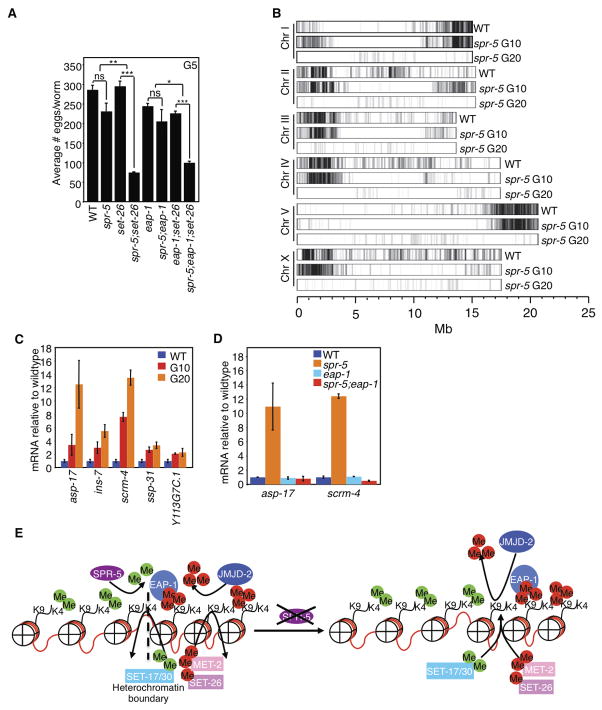Figure 7. EAP-1 regulates transgenerational gene expression of spr-5 mutant worms.
A) spr-5;eap-1;set-26 triple mutant worms lay as many eggs as spr-5;set-26 double mutants at generation 5 suggesting that set-26 is epistatic to eap-1 (graph is the mean +/− SEM of 2 independent experiments: each experiment consists of average eggs laid for 10 worms of each genotype performed in triplicate). *: p<0.05, **: p<0.01, ***: p<0.001. B) EAP-1 binds to regions which are marked with H3K9me3 and decline across generations of spr-5(by101) mutant worms. Band intensity reflects EAP-1 binding. Darker regions reflect stronger binding affinity while whiter regions reflect weaker ones. Note that EAP-1 binding does occur in G20 worms but is weaker than in WT and spr-5 G10 mutant worms. C) EAP-1 bound target genes display increases in gene expression across spr-5(by101) generations. The results represent the mean +/− SD of 4 biological replicates of ~1000 young adult worms as compared to pan-actin expression. D) EAP-1 bound target genes do not increase in gene expression in generation 20 spr-5;eap-1 double mutant worms. The results presented correspond to the mean +/− SEM of 2 (scrm-4) or 4 (asp-17) independent biological experiments of replicates of ~1000 young adult worms as compared to pan-actin expression. E) Model for epigenetic inheritance of elevated H3K4me2.

